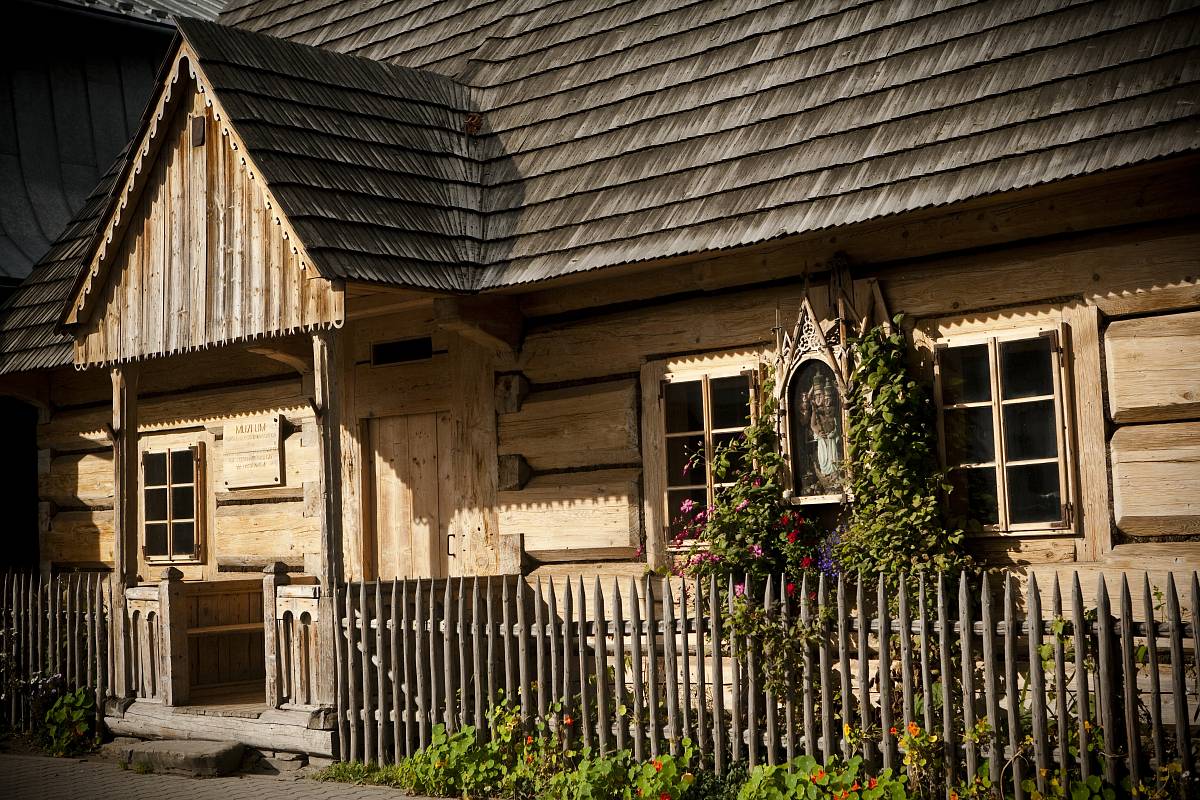Prices:
normal ticket: 6,00 zł
reduced ticket: 4,50 zł
guided tour 30,00 zł
free every Sunday
Opening hours:
WED - SUN
10.00 AM - 2.00 PM
MON - TUE - closed
Last entry - 0,5h before closing
Addres:
34-513 Chochołów
+48 18 201 52 05

(branch of the Tatra Museum)
The village of Chochołów in the region of Podhale has a rich history beginning early in the 16th century. The first known document containing reference to the village is the 1592 privilege issued by King Sigismund III of the Vasa dynasty, granting Bartłomiej Chochołowski hereditarily the post of village administrator for his participation in the expedition against Muscovy. Chochołów is evidently an old village, with a long record of engagement in important historic events. Besides Bartłomiej, quite a few Chochołów village administrators distinguished themselves by their courage in the royal army. During the 1655–56 Swedish invasion known as the Deluge, the Chochołów villagers fought valiantly in the war under the command of Krzysztof Żegocki the starosta [a kind of royal sheriff] of Babimost. Successive Polish kings confirmed the Chochołów village administrators’ rights and privileges. The people of Chochołów also had their share in the 1768–72 Confederation of Bar.
The village owes its fame in the region of Podhale to the Chochołów Uprising of 1846, which was a short-lived armed action against Austria during the Cracow revolution preceding the 1848 revolution called the Springtime of the Nations. The 1846 events had taken a long time to mature; not without meaning was the 1832 visit to the region of Podhale of the poet Seweryn Goszczyński, who had lived in hiding since after the November Uprising of 1830/31. He was founder of the clandestine Association of the Polish Nation set up in Cracow, which operated in all three zones of divided Poland with a view to rising against the partitioning powers. Also important was the Association activists’ campaigning. The plan to engage Chochołów in an uprising against Austria was born as a result of the local conspirators’ contacts with the emissaries arriving in the region of Podhale. These had got in touch with the local patriotic activists, teacher and organist Jan Kanty Andrusikiewicz, RC priest Leopold Kmietowicz of Chochołów, and another RC priest, Michał Głowacki, ‘Światopełk’, of Poronin, all of whom were later leaders of the Chochołów Uprising.
The date of the outbreak of the uprising against Austria was fixed by the National Government in Cracow: it was to start on 21 February. The Austrian authorities had learnt about the plan and the Austrian troops entered Cracow on 18 February. Members of the National Government were hesitant as to whether call off the uprising but the news had not reached Chochołów, which was a long way away. On the evening of 21 February, armed insurgents under Andrusikiewicz and Father Kmietowicz’s command attacked the post of the Austrian Frontier Guards in Chochołów. After disarming the guards, Andrusikiewicz declared the outbreak of an uprising. The insurgents proceeded to Sucha Góra across the Galician-Hungarian border, planning to come by resources for the needs of the movement in the local customs house that they easily seized. One of the guards even joined the insurgents. The next day was spent on recruiting volunteers and getting the weapons ready. On the evening of 22 February, about five hundred peasants recruited in the neighbouring villages of Witów, Dzianisz and Ciche gathered in Chochołów. About midnight, they faced an unexpected assault launched by the customs guards under the command of Romuald Fiutowski the officer of the finance guards of Nowy Targ, aided by villagers of Czarny Dunajec misled into joining them by the Austrians. The insurgent leaders Father Kmietowicz and Andrusikiewicz were wounded in the skirmish. Further resistance was pointless because of the approach of reinforcements to suppress the uprising. The Chochołów Uprising leaders and participants suffered severe punishment. Many of them were imprisoned in Spielberg, Kufstein and Wiśnicz. Father Kmietowicz was sentenced to death, which sentence was later changed to many years in prison. Andrusikiewicz and others were captured and sentenced to close confinement. All were freed during the 1848 revolution.
The exhibition in the Museum of the Chochołów Uprising highlights the 1846 event, an episode of importance to the history of Chochołów. Opened in 1978, the museum is located in a time-honoured cottage owned in the past by the rich farmer Jan Bafia. Typical of the architecture of the region of Podhale, built of logs cut lengthways into halves that cross at the corner, the Bafia cottage consists of a vestibule, the ‘black’ chamber, the ‘white’ chamber, the bedchamber and a small attic storeroom above the bedchamber.
The museum interiors are furnished in such a way as to combine the history of the uprising with an ethnographic exhibition illustrating the living conditions of a Tatra highlander family in the mid-19th century. In the ‘black’ chamber, where the family’s daily life proceeded, utensils necessary for their household tasks are on display. The ‘white’ or ‘gala’ chamber has a different character. Used on festive occasions, it has light walls and decorated furniture, paintings on glass and pottery, in a word, articles testifying to the owners’ affluence.
Boards making up the historical part of the exhibition are displayed in all cottage interiors. Thus we have a cartouche with the chronology of the uprising and weapons used by the insurgents. Texts, documents, facsimiles and prints illustrate the ancient tradition of the royal village of Chochołów. Also highlighted at the exhibition is Seweryn Goszczyński the poet and conspirator connected with the Tetmajer family of Łopuszna. To introduce the visitor into the background of the Chochołów Uprising, the course of the 1846 Cracow revolution is outlined, followed by preparations for the uprising proper, with profiles of its leaders, documents, the participants’ list and the epilogue, i.e. the suppression of the uprising by the Austrians. Though merely an episode, the event is still present in the minds of the villagers. This is proved by the display in the museum of documentation testifying to the celebration of the uprising anniversaries, especially significant in 1913, on the eve of the ultimate stage of the struggle for independence. The exhibition closes with a display of written works, scholarly papers alongside poetry and prose in which the Chochołów Uprising has found reflection.


